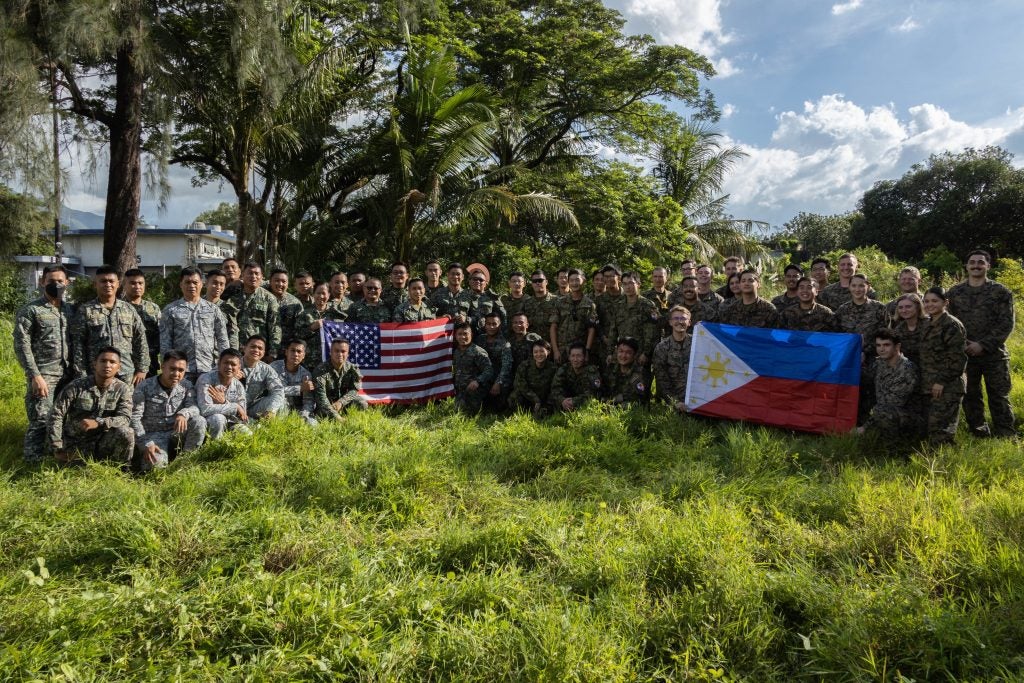U.S. Marines Strengthen Interoperability with Philippine Counterparts at KAMANDAG 6
Last month, the U.S. 3rd Marine Division participated in the multinational Exercise Kaagapay Ng Mga Mandirigma Ng Dagat 6, Tagalog for Cooperation of Warriors of the Sea, alongside allies in the Philippines. This KAMANDAG was the sixth iteration of the exercise. From October 3-14, U.S., Philippine, Japanese, and South Korean troops trained around the Philippines on various activities, including Humanitarian Aid/Disaster Relief, Amphibious, and Coastal Defense Operations. Overt Defense reached out to U.S. Marine Corps Pacific to learn what lessons the USMC took away from KAMANDAG 6.
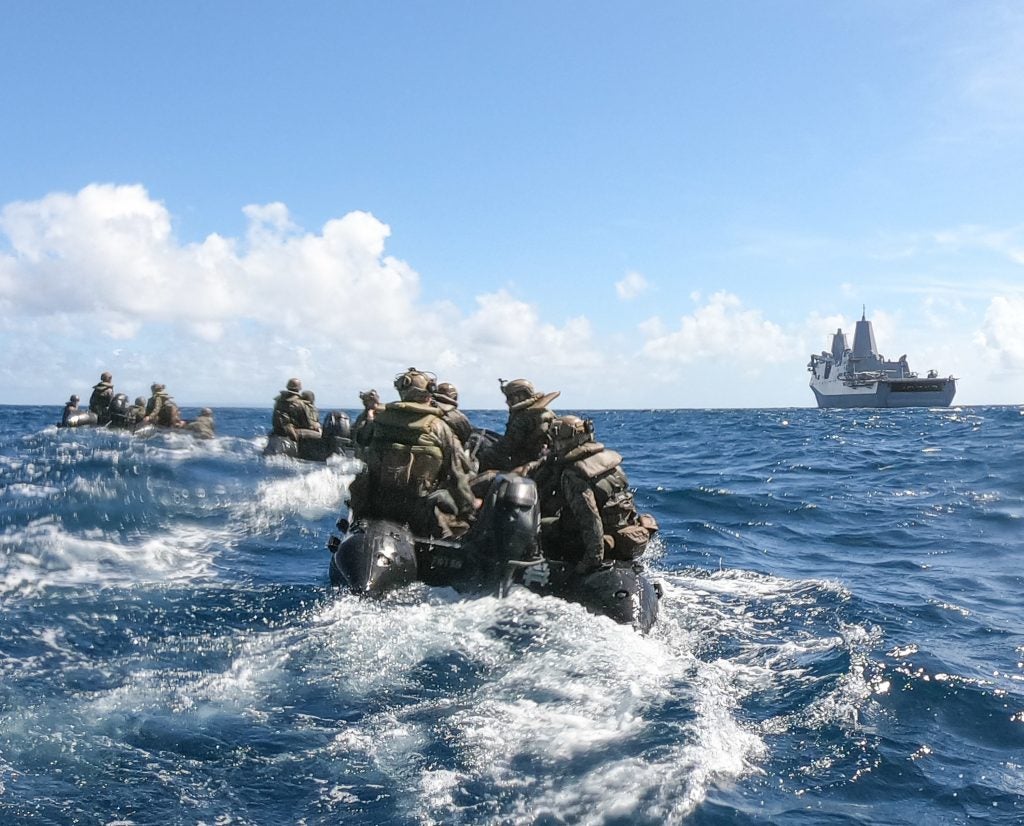
The 31st Marine Expeditionary Unit provided the bulk of the U.S. Marines and aerial assets for the exercise and participated in KAMANDAG 6’s many activities. 31st MEU Operations Officer Lieutenant Colonel Brendan Neagle highlighted the opportunity that the exercise gave to the USMC to train in the Philippines.
“KAMANDAG-6 was a phenomenal opportunity for the 31st Marine Expeditionary Unit, most importantly because of how much we learned from our Philippine hosts on what it takes to operate successfully in this area of operations.”
Neagle touched on the development and use of concepts from Force Design 2030 in the Philippines during KAMANDAG 6 alongside U.S. partners.
“By applying what we learned, we were able to rehearse concepts pivotal to our readiness to execute concepts within the U.S. Marine Corps’ vision for force design alongside our key partners from the Philippines, Japan, and the Republic of Korea. These rehearsals ranged from humanitarian operations to combined coastal defenses capable of sensing the adjacent waters and integrating into the combined naval force within key maritime terrain such as the Northern Coast of Luzon, Babuyan Islands, and the Batanes Islands”
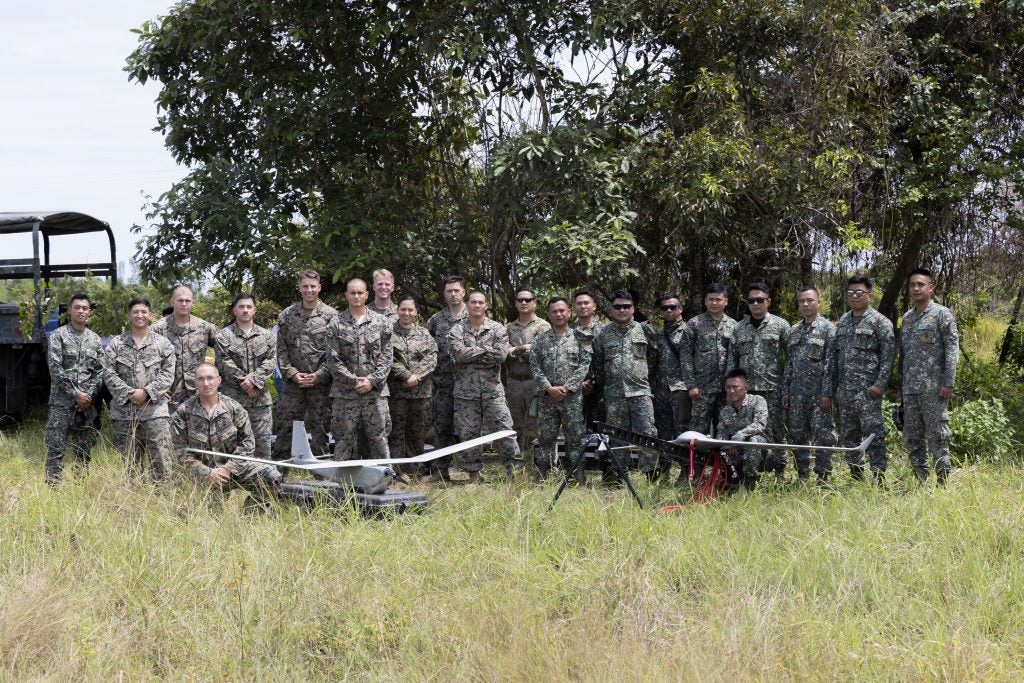
FD 2030, the USMC’s restructuring plan to face peer adversaries, has seen much development within the Philippines this year. While KAMANDAG 6 did see many of FD 2030’s concepts, these concepts have been employed in the Philippines in previous exercises. KAMANDAG 6 is the fourth major cooperation between the U.S. and the Philippine Marine Corps this year, following Marine Exercise, Marine Aviation Support Activity, and Balikatan.
The PMC has a similar plan to the American FD 2030 in the form of the Archipelagic Coastal Defense Operating Concept. There are many similarities between the two, from unit structuring to operations. When asked how the USMC with its FD 2030 is approaching the PMC’s ACD Operating Concept, Captain Pawel Puczko, communication strategy and operations director with the 31st MEU, responded with:
“KAMANDAG 6 strengthens bilateral cooperation, interoperability, and relationships among participating forces in the conduct of combined tactical operations focusing on increasing capabilities for amphibious operations, special operations, maritime security, coastal defense, combined arms, and humanitarian assistance and disaster relief. These concepts are shared between the FD 2030 our National Defense Strategy, and the PMC’s Archipelagic Coastal Defense Strategy.”
Puczho followed with lessons learned with the PMC during the exercise.
“Some of the key lessons that we learned together with the PMC was the importance of information sharing, and planning and executing tactical missions with key personnel integrated within individual units. This provided a valuable resource in further understanding standard operating procedures, and executing operations quickly and safely.”
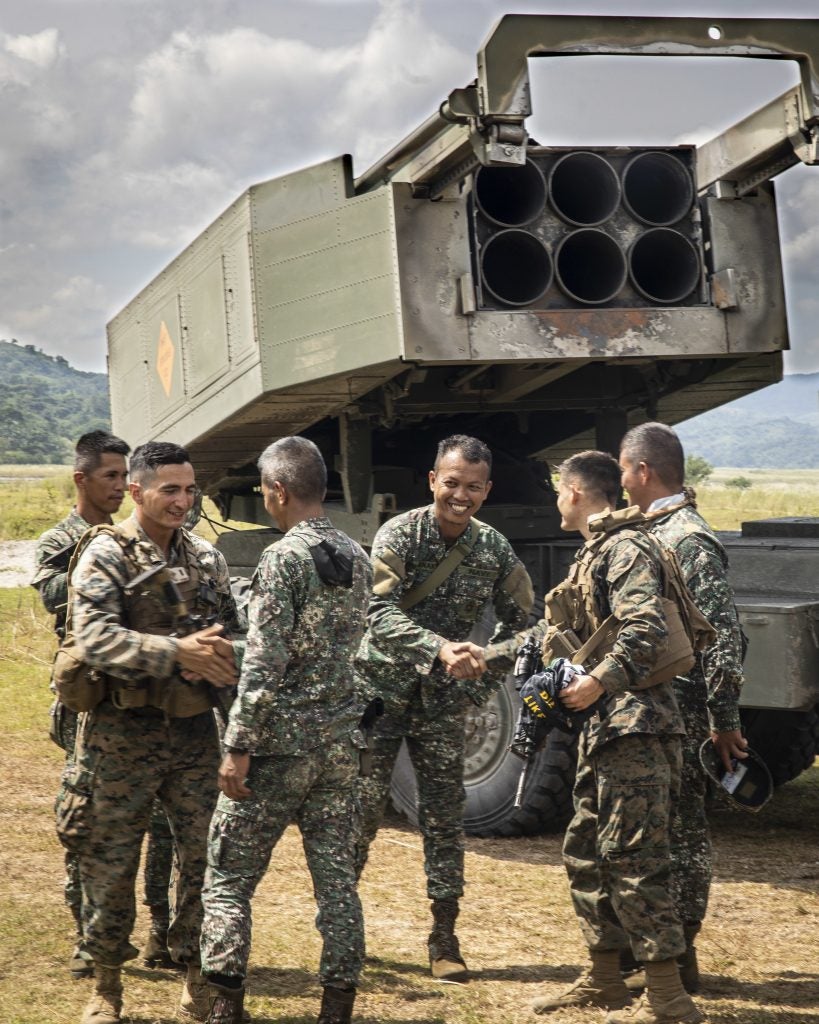
The PMC’s integration into the 31st MEU in the exercise was intensive, yielding better understanding and interoperability between the two forces.
“Nearly every executed operation during KAMANDAG 6 had PMC Marines embedded within small units across the 31st MEU. This includes individual units of the Battalion Landing Team 2/4, our Force Reconnaissance Platoon, and our HIMARS teams. Within each of those units, and several others, there were several PMC Marines working closely as liaisons to better understand our processes and communicate vital information to their commands.”
During KAMANDAG 6’s opening ceremony, PMC Commandant Major General Charlton Sean M. Gaerlan remarked on the PMC’s eagerness to learn from the USMC to develop the ACD Operating Concept.
“Through this exercise, we are able to learn from their techniques, tactics, and procedures to develop our interoperability strategy in the Philippine Marine Corps, especially as we operationalize our Marine Corps Operating Concept for Archipelagic Coastal Defense.”
In September, talks between the U.S. and Philippine Marines were held at the latter’s headquarters in Manila on an Integrated Readiness Plan. The Commandants of both Marine Corps, General David H. Berger and Major General Charlton Sean M. Gaerlan, discussed the plan that aims to further integrate the two forces. In a PMC release, the plan includes “conducting military exercises, enhancing mutual defense systems, harnessing marine security, and establishing rapid mobility in an archipelagic environment.”
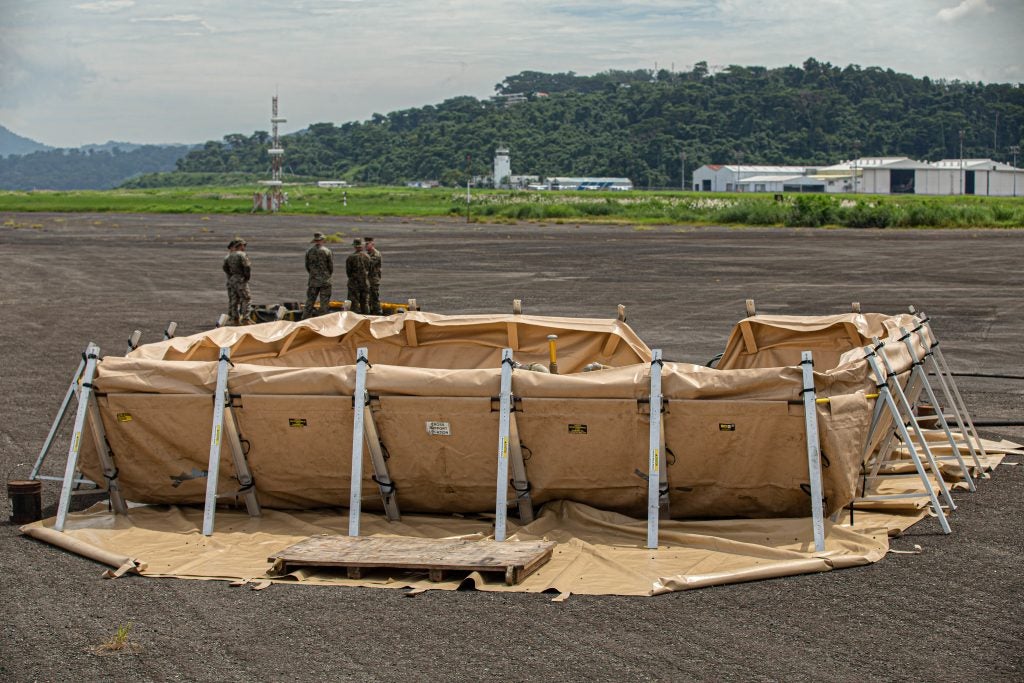
The activities seen at KAMANDAG 6 and stated above by Puczho seem to match those of the USMC-PMC Integrated Readiness Plan. The focus of the exercise matched that of the Integrated Readiness Plan as well, with Puczho stating:
“Our focus during the exercise was to work collectively on operational and tactical-level military readiness and strengthen Philippine-U.S. military operational effectiveness. The 31st Marine Expeditionary Unit’s (MEU) integrated effectiveness was tested through amphibious operations, forward arming and refueling point operations, amphibious raid and coastal defense operations, Humanitarian Aid / Disaster Relief (HADR) operations, a combined live-fire exercise (CALFEX), naval operations, and subject matter expert exchanges for a variety of functional areas, including reconnaissance, explosive ordnance disposal, and chemical, biological, radiological and nuclear (CBRN) response.”
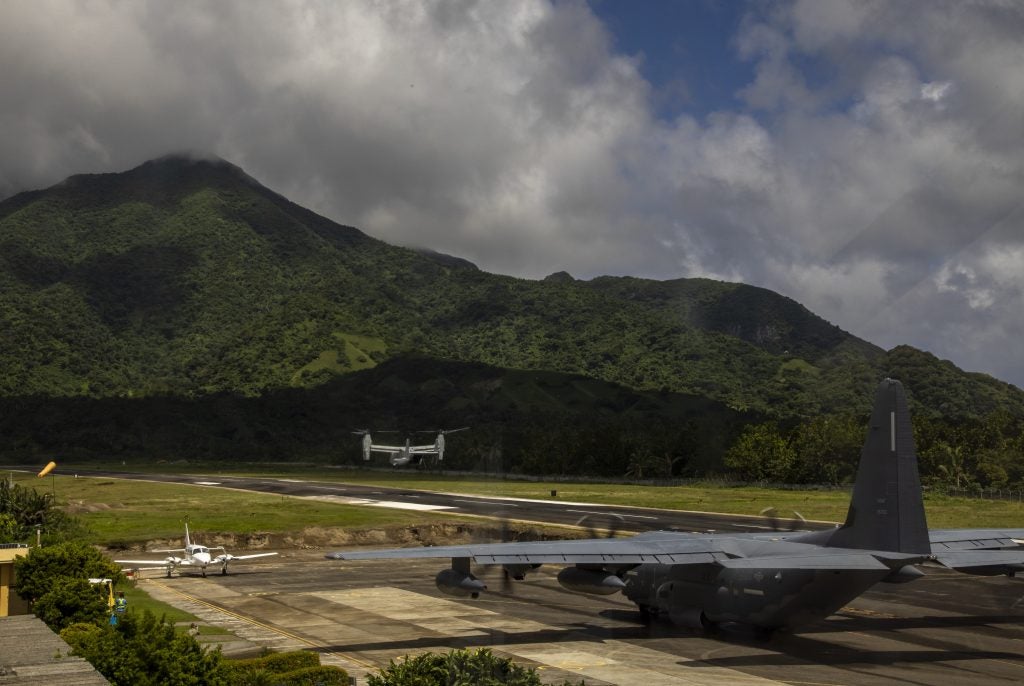
Puzcho noted that the sites of KAMANDAG 6’s activities help the USMC with potential operations in the area in the future, specifically highlighting HADR operations.
“The location that we executed many of the individual operations during KAMANDAG 6 was significant in helping us understand the terrain and coastline of areas of northern Luzon, Cagayan, and Batanes where we can be expected to provide HADR support in response to potential natural disasters.”
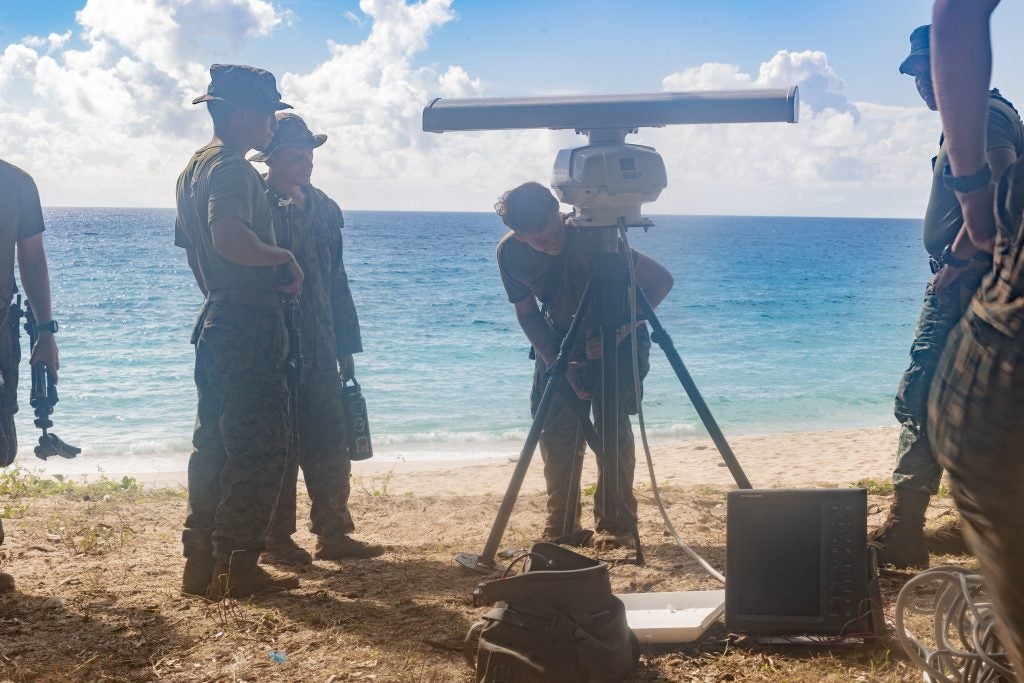
(U.S. Marine Corps Photo by Cpl. Christopher W. England)
These locations are also some of the most important areas if a conflict befalls the Philippines. KAMANDAG 6 activities occurred on choke points that transit the first and second island chains, with training taking place in Northern Palawan, Northern Luzon, and even islands in the Luzon Strait itself. While HADR was emphasized by both the USMC and PMC in press releases and has always been the core of the KAMANDAG exercises, the scope and focus of this year’s exercise bring up the more defensive aspects of the exercise.
The 3rd Marine Division held KAMANDAG 6 in conjunction with Resolute Dragon 22, an exercise with the Japan Ground Self-Defense Force. Around 5,500 U.S. Marines were deployed to both the Philippines and Japan for the two exercises. The result was USMC activity “across the first island chain, from northern Japan through the Philippines.”
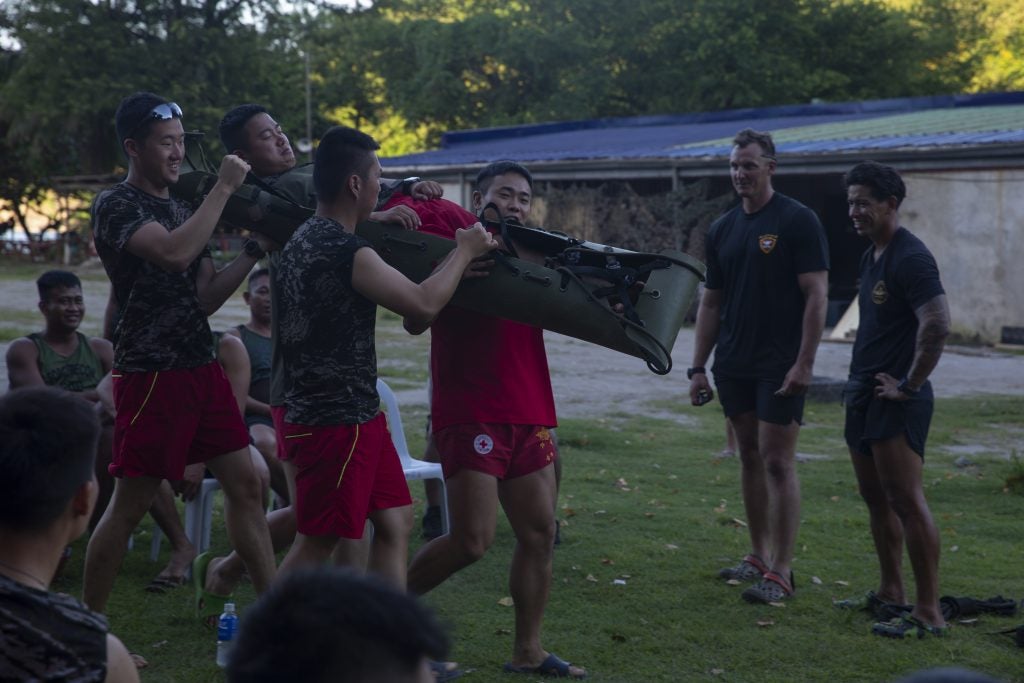
This was the Republic of Korea Marine Corps’ first time at the KAMANDAG exercises and by extension the first exercise by Korea in the Philippines. The addition of Korean Marines to the exercise was announced in June during a visit to Seoul by Philippine defense officials. The 120 personnel contingent mainly took part in HADR activities and Amphibious Operations. Puzcho noted that due to past interactions between the ROKMC and USMC the involvement of the Korean Marines in the exercise went smoothly.
“The 31st MEU has worked alongside the ROKMC in past exercises, and our Marines were able to work as a cohesive team with the ROK and Philippine Marines during KAMANDAG 6. This training served as an essential rehearsal of concepts that we have all trained for unilaterally, and were able to successfully execute through the command and control of a combined multilateral force.”
Manila has been looking to deepen defense ties with the U.S. and other partners, such as Japan, Australia, and Korea. In a previous piece by Overt Defense, it was revealed at AUSA 2022 that the Philippine Army plans to partake in two exercises in Japan. The Philippine Navy has also moved to enhance cooperation with its U.S. counterpart, with the signing of a Terms of Reference between the two navies last month.
Cover Image: U.S. Marine Corps photo by Lance Cpl. Christopher R. Lape

